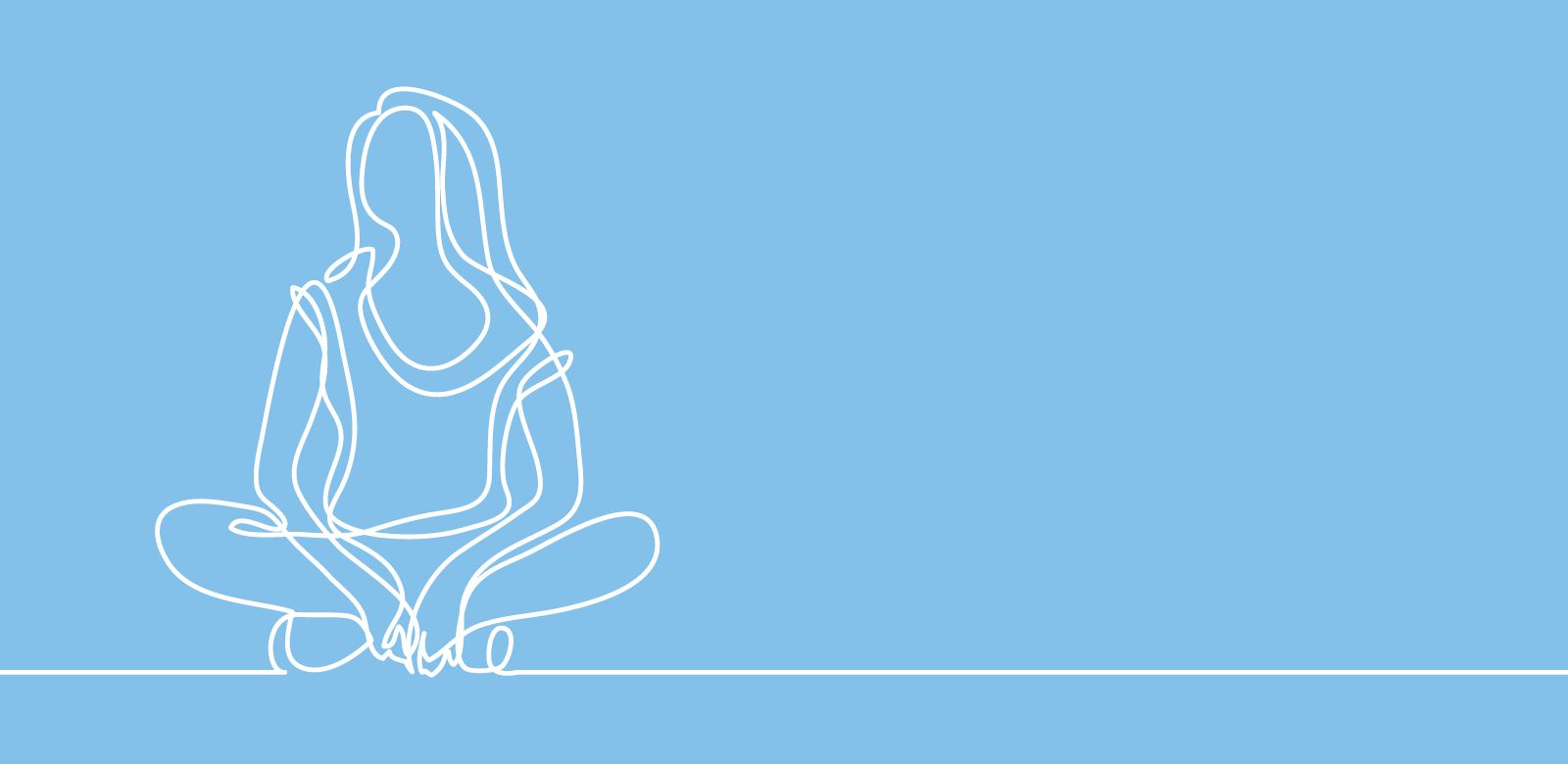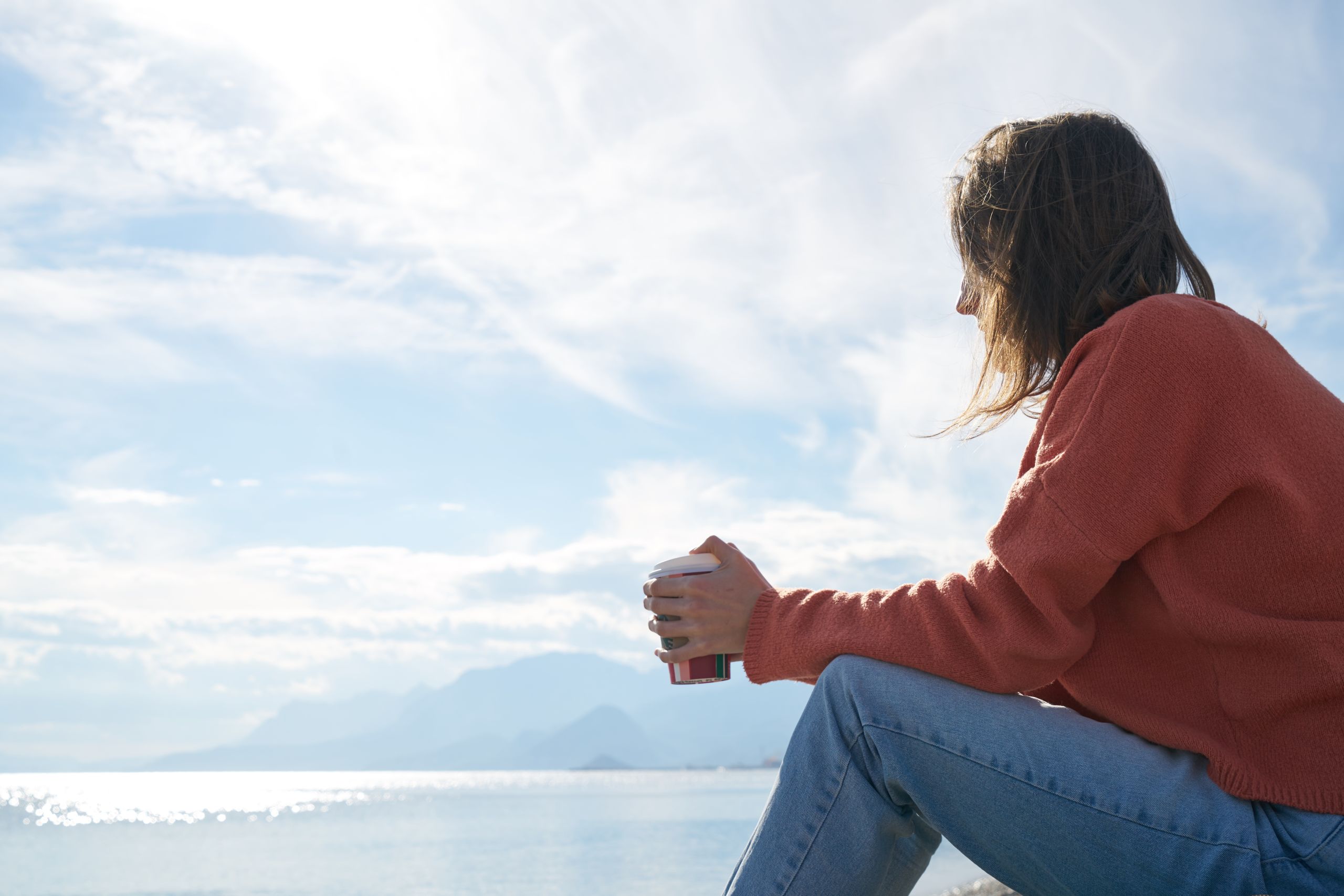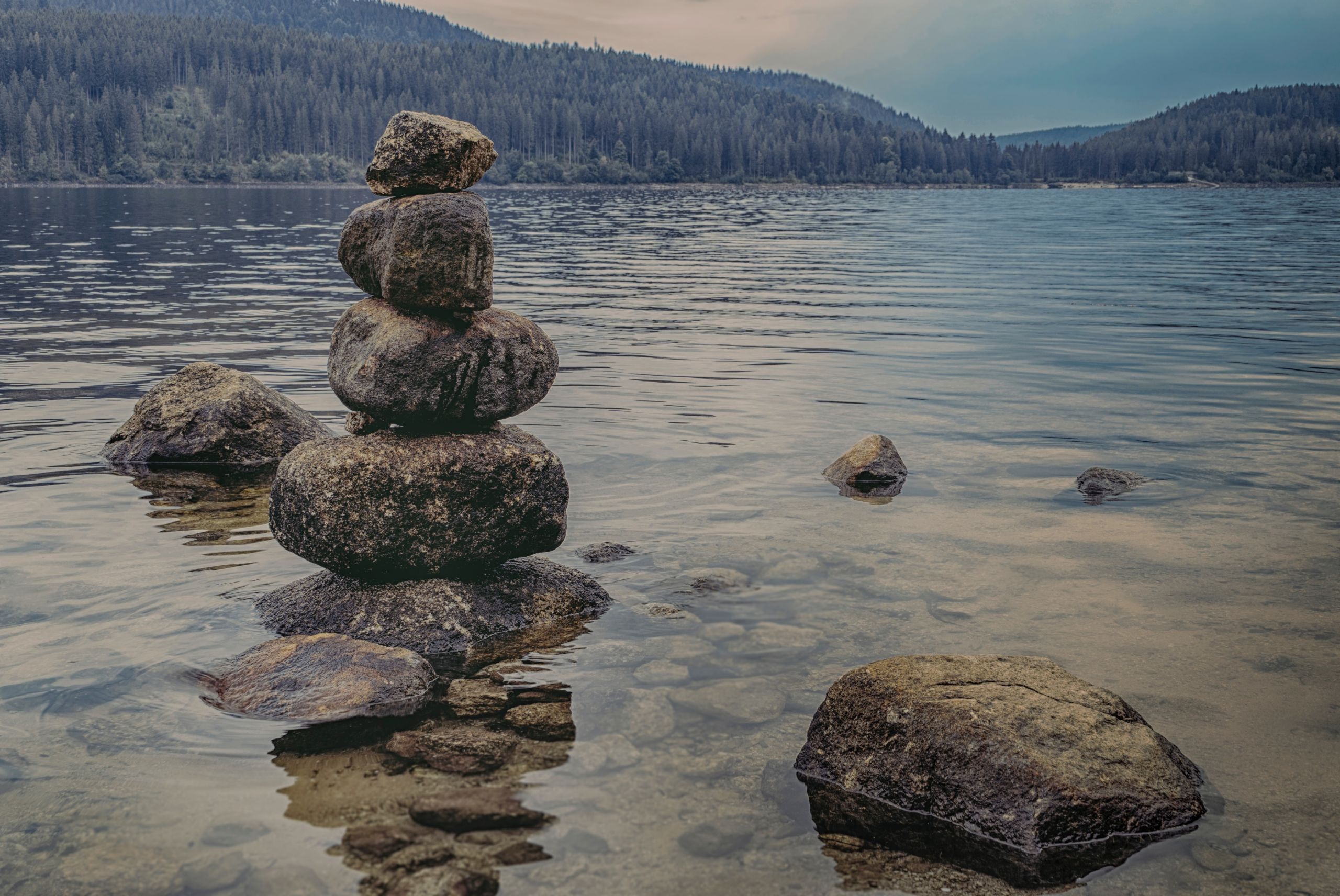Breathing and Relaxation

Stress and anxiety are a part of everyday life. While mild stress can actually be beneficial as a motivator, higher levels of ongoing stress can lead to medical, psychological and social problems.
Breathing and relaxation strategies can be powerful tools to help manage anxiety and stress as they held counteract tension held in the body. They can help counteract the fight, flight or freeze response. They can be used in moments of heightened anxiety, but also used on a regular basis as a part of our self-care routine.
Please note, trying these exercises is like learning a new skill. They might seem a bit tricky at first. With practice and perseverance, these exercises will become easier and more effective.
Calm breathing
12 min video: Change your breathing, change your life. Lucas Rockwood, TedX
Three breathing exercises you can try are big breaths out, the 3-3-3 breathing and the 4-7-8 breathing approaches.
When consciously breathing it is important to take deep breaths in and out of the belly, rather than from your chest. When practicing these techniques, it can be helpful to place one hand on the chest and one hand on the stomach to monitor where the breath is moving from.
Belly Breathing
5 min video: Belly Breathing
The big breath out
Focus on taking a big breath out, as much as you can, and then a little more. You will naturally draw a deep breath in following this. Pause and repeat.
3-3-3 breathing
4-7-8 breathing
Breathe in for 4 counts, hold for 7 counts, breathe out for 8 counts. Pause and repeat.
Mindful Breathing
2 min video: Mindful breathing
You can also stream or download audio clips. Three conscious breaths, conscious breathing are two from the ABC Classic Flow series.
Structured Relaxation
Relaxation can come in many forms. When we think of relaxation, often the first thing that comes to mind are those activities you do when you don’t have to study or work. For the purpose of this resource, we are referring instead to a structured relaxation exercise. It is important to try some to find ones that suit you. Two relaxation exercises that people often find helpful are Progressive Muscle Relaxation and Visualisation.
Progressive Muscle Relaxation
Our muscles hold a lot of tension. Strategically tensing and releasing our muscles is a great way to help the body recognise any tension and relax more readily. See the downloadable audio links below.
15 minute video: Progressive Muscle Relaxation
You can also stream or download progressive muscle relaxation from the ABC Classic Flow series and Orygen Youth Health.
Visualisation
These types of exercises involve you imagining yourself in a relaxing place. This could be the beach, in a forest or a place that has special meaning for you.
Download the The Beach track from Orygen Youth Health.

Grounding
Grounding techniques can be very useful when we feel distressed, particularly when the distress makes us feel overwhelmed, unreal or detached, or it feels like we are in a different situation to where we really are.
Move around
Stretch, stamp your feet, jump up and down, dance, run on the spot, rub your arms and legs, clap your hands, walk, do burpees or star jumps, walk up some stairs. Consciously remind yourself where you are right now.
5-4-3-2-1
Notice 5 things you can see, 4 things you can hear, 3 things you can feel (not emotions but physical touch and sensations), 2 things you can smell or like the smell of and take 1 slow, deep breath.
Try to think about different things
Count backwards in 7s from 100, think of 10 different animals, 10 blue things, one animal or country for each letter of the alphabet, say the alphabet backwards, name the street names in the area you grew up etc.



